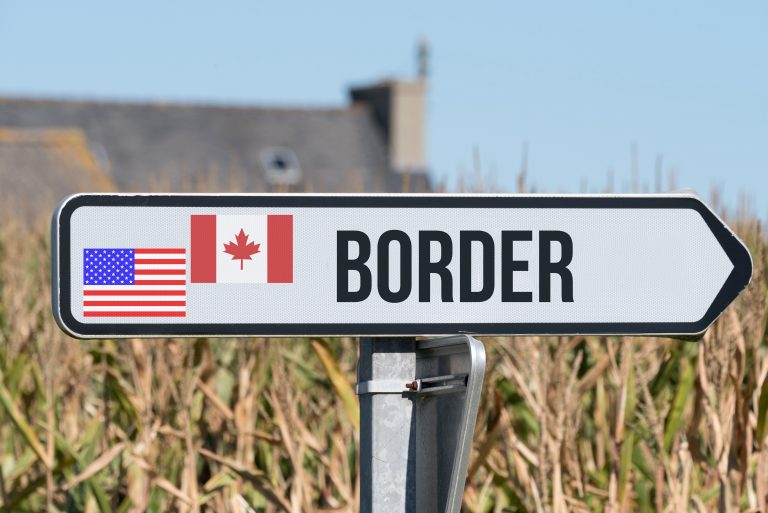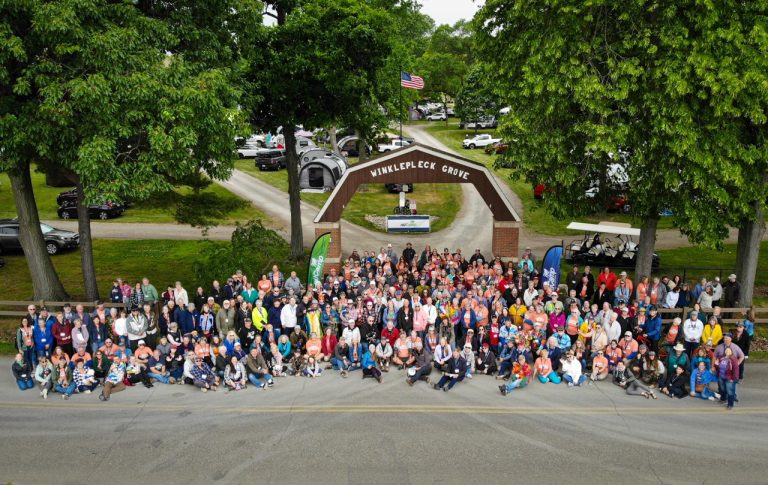Think being an RVer automatically means giving up the idea of having your own little garden? Not necessarily. While you obviously can’t have a garden measured in acres or even feet, you can still grow pot-friendly vegetables and herbs inside your camper.
The keys are to select plants that will do well in a camper, choose a container and growing medium that will satisfy their requirements (and if you’re crossing state or country lines, won’t conflict with regulations), and know how to meet their needs for light.
RV-Happy Plants
Let’s start with camper-friendly vegetables and herbs. They include:
- Leafy greens (lettuce, spinach, chard, and spinach)
- Vegetables like cherry tomatoes, cucumbers, garlic, spring onions, peppers, radishes
- Herbs such as basil, chamomile, chives, cilantro, mint, oregano, parsley, rosemary, thyme
Sprouts (such as bean, broccoli, cress, mung bean, or wheat) are another option, but only use those intended for sprouting use, cautions the Vegetarian Society, since those sold for gardening or for bird food may have been coated or treated with fungicide.
Containers and Growing Medium
What containers are the best? A lot depends on how much room you have in your camper for your new traveling companions. And if you’re planning to set them outdoors when you stop, make sure whatever pots or containers you use will fit through your camper’s doorway!
Herbs can be grown in small pots or hanging shoe bags with holes added for drainage. When watering them, suspend them in your shower or put potted plants below to catch the drips. Larger plants would do well in five-gallon buckets with drainage holes in the bottom (don’t forget to put a dish or tray underneath), plastic totes, or a stackable planter or garden tower.
In this Escapees RV Club post, Levi Henley explains why he and his wife Natalie prefer fabric planters for their mobile garden: good drainage capability without losing soil and nutrients, sufficient airflow, and self-pruning capability. When the roots hit the fabric wall, they poke their way through and then dry out and die off. This prompts the plant to develop more feeding roots, says Levi, which increases its ability to take in water and nutrients.
When choosing the growing medium, there are two concerns: the weight of the medium and any state or country regulations and restrictions. While one or two small pots of herbs or a single shoe caddy with some plants won’t add much excess weight to your camper, some larger pots or a garden tower will start increasing the poundage. And as every camper knows, each extra pound increases fuel needs and impact on tires. A combination of seed-starting mix, perlite, and peat moss with some potting soil added will keep the weight down.
Then there are the rules and regulations to consider if you’re traveling outside your state. According to Escape Trailer, some states, countries, and territories have strict plant policies to prevent the spread of plant diseases and invasive species, which could mean you have to pay for a soil inspection. (Read more about the restrictions in our post, Decorating Your Camper with House Plants.) Using sterile potting soil can help prevent the spread of pathogens, as can a hydroponic system since the plants grow in water, not soil.
Lighting Options
Some plants do well with just natural light, so keeping them near or in front of your camper’s window might be sufficient, especially if you’ll be stationary for a period of time and can park so they can get what they need. Otherwise, you might consider growing lights to provide enough light.
Before you buy those lights, make sure they are easy to install and that you have enough space for them and the pots they are intended to illuminate, recommends Escape Trailer. (Note: hydroponic systems such as those made by AeroGarden usually come with their own light source.)
Traveling Tips
The last thing you want to see when you are parked for the day is a pile of spilled soil because your pots have toppled over after that last sharp bend in the road. To avoid that, secure all your pots so they remain in place and upright while you are traveling. Here are some strategies:
- Put small pots in the kitchen sink or use earthquake putty or command strips to adhere them to your countertop. (Harvest Hosts)
- Use a plastic storage bin for potted plants. (LazydaysRV)
- Pack the pots in the shower stall and use tension rods to keep them in place and upright: one against the pot edges and a second higher up to support tall foliage. (RV Troop)
More Ideas for Growing Your Own Plants
Want to grow your own vegetables or fruits without using seeds? There are several ways to propagate plants from existing ones. See which one works for you.
- From a cutting. Remove a healthy section of the mother plant and place it in water or soil (this post from Balcony Garden Web recommends the proper method for each plant) and watch it grow.
- From the root base. This works well for celery, lemongrass, and fennel, just to name three. Cut the base and set it in a shallow bowl with a bit of water to cover the base; when it’s ready, transplant it into a pot. (Detailed tips in this post from Coastal Landscape Supplies.)
- From the top. This works for pineapples. Just remove the top (crown) from the pineapple, peel off several layers of leaves from the base of the crown so about one to two inches (and the little brown nubs) are exposed, then set it in a bowl of water—just enough to cover the nubs. When about three inches of roots appear, plant the crown in potting soil, either organic or one designed for succulents or cacti, says the Empress of Dirt in this post.
- From the pit. If you love avocadoes, this is for you. Wash the pit, insert several toothpicks into it, then suspend it over a bowl or jar of water deep enough to cover an inch of the pit. When leaves appear, it’s ready to be transplanted into soil. (Details in this post from Coastal Landscape Supplies.)
For more ideas, read our post Decorating Your Camper with House Plants.
Recent Articles





